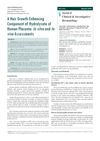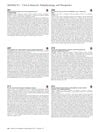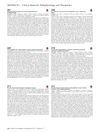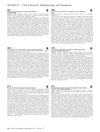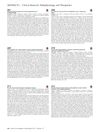A Novel Small Compound HPH-15 Antagonizes TGF-β/Smad Signaling and Ameliorates Experimental Skin Fibrosis
April 2017
in “
Journal of Investigative Dermatology
”
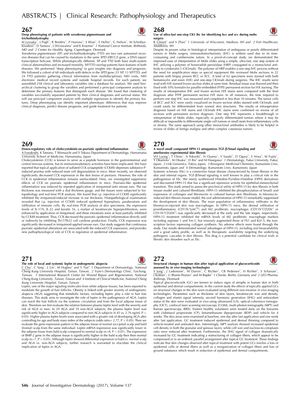
TLDR HPH-15, a new compound, effectively reduces skin fibrosis in experiments without causing harm.
The document presents a study on a novel small compound, HPH-15, which antagonizes TGF-β/Smad signaling and has shown promise in ameliorating experimental skin fibrosis. Systemic sclerosis (SSc) is a disease characterized by tissue fibrosis in the skin and internal organs, and TGF-β/Smad signaling plays a critical role in its pathogenesis. HPH-15 was found to inhibit the phosphorylation of Smad3 and the expression of collagen and fibronectin in cultured human skin fibroblasts. In a bleomycin-induced skin fibrosis mouse model, oral administration of HPH-15 significantly suppressed the development of skin fibrosis. It also decreased the infiltration of proinflammatory and M2 profibrotic macrophages and inhibited the mRNA levels of M2 profibrotic macrophage markers while increasing the levels of transcription factors that repress collagen synthesis. No adverse effects were observed, suggesting that HPH-15 has oral bioavailability, a good safety profile, and therapeutic potential for fibrotic skin disorders such as SSc.
